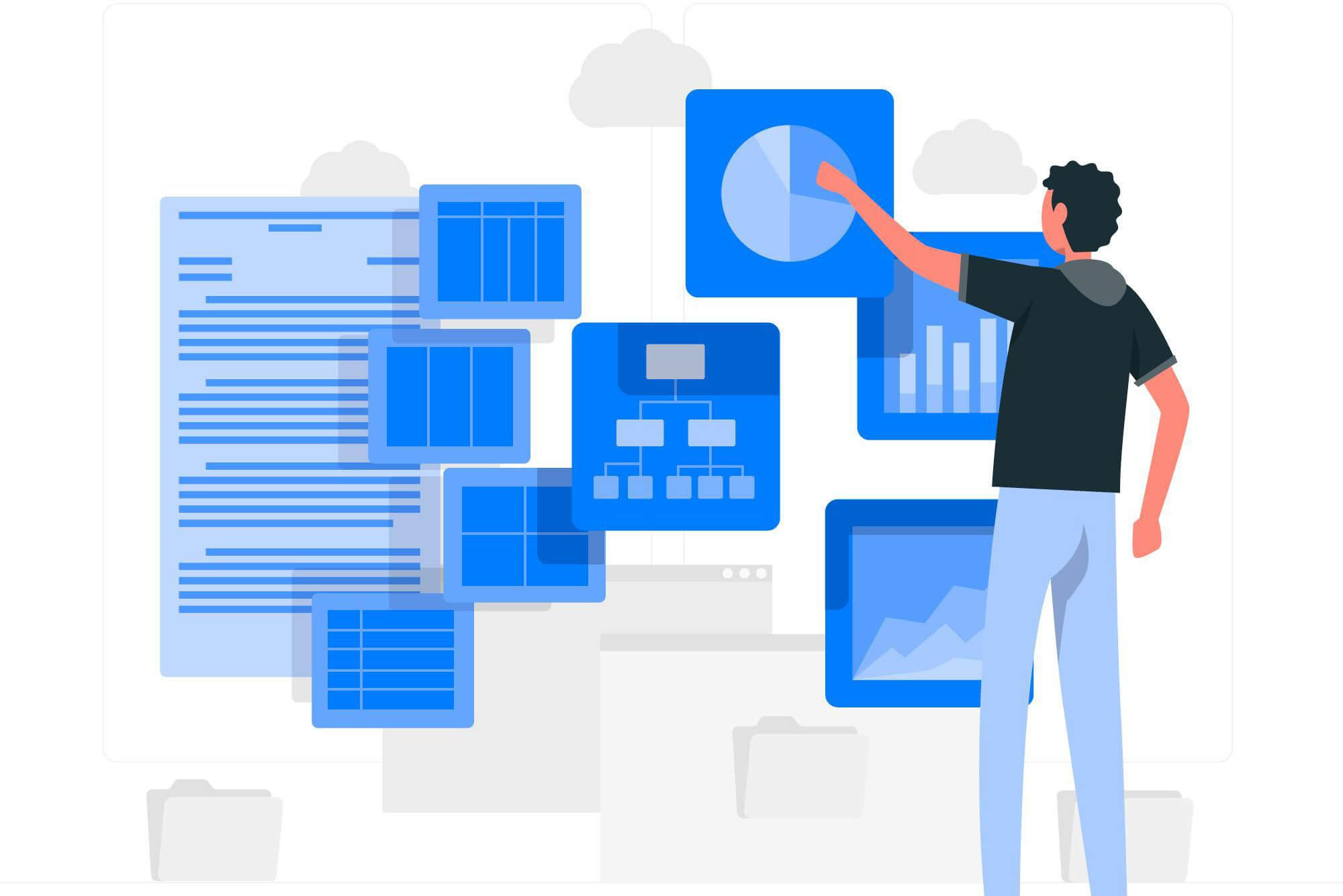Many organizations are moving their legacy workloads to the cloud. Some are even evaluating vendor operated software-as-a-service (SaaS) cloud offerings to entirely replace their on-premise legacy infrastructures.
The good news is that they want MSPs to help. 38% of business leaders polled about cloud migration said they tend to prioritize working with a specialist third-party provider to manage change.
That’s because the journey to the cloud has not always been smooth. Nearly 80% of organizations have repatriated a critical workload back from the public cloud to a private cloud or on-premises infrastructure, according to Enterprise Strategy Group.
There’s no doubt that migrating to the cloud can be complex, time-consuming, and risky, especially when your clients have hundreds or thousands of existing workloads to move.
There are a couple of ways that you can help your clients avoid this. In this article, we cover the three non-negotiable steps you need to take to support cloud migrations.
Consider Industry-Specific Challenges
Number one, be aware of the specific needs and challenges of your industry. Healthcare providers, for example, need to think about things like HIPAA and HITECH compliance, which need to be factored in throughout the cloud migration process.
For example, healthcare companies moving to the cloud must deal with the repercussions of protected health information (PHI) moving from an on-premise server to the cloud or from one cloud storage service model to another.
Any interruptions or compatibility issues between old and new data storage types can expose sensitive data to risks, such as loss or theft.
In this case, mapping out a clear cloud migration strategy with a realistic timeline will eliminate many possible issues caused by the transition.
Remember, a successful cloud migration plan isn’t just about the migration itself, it’s about ensuring that you know exactly what your client needs and that you can provide it.
Have a Backup Plan
Secondly, it’s essential to have a backup plan. Even the best-laid plans can be quickly laid to waste, no matter how skilled you are.
In addition to human error, there’s also software error. Let’s say that you’ve configured one of your applications to update automatically.
Not all patches work well — some may cause your applications to stutter or even fail entirely. In this case, downtime or data loss can be the result. According to Gartner, even 1 minute of business downtime costs around $5,500.
When it comes to your customer’s all-important data and applications, you must have a backup plan for each stage of the migration.
It’s important to note, however, that as the popular saying goes, “you don’t have a backup unless you’ve restored data from it.” Unless you set up a test environment to understand how your cloud backups will work in the event of a disaster, your backup strategy is a castle in the air.
Your team is likely quite adept at testing and is well-aware of the importance of backing up their work every step of the way, but failing to have contingency plans in place can derail the entire migration.
Use Milestones
Finally, it’s essential to have milestones in place. This is to ensure that your client’s needs are completely covered and all goals are met, one last thing you should know is that it’s important to establish milestones and an endpoint for the migration.
The migration plan should include checks and balances throughout, but there should be clearly defined milestones along the way.
The Wrap on Supporting Cloud Migrations
In conclusion, remember to:
- Assess: get an overview of your IT landscape, industry-specific challenges, and decide which applications to move first.
- Plan: Build a plan–and then a backup plan.
- Migrate: Use a phased, agile approach based on key milestones.
Taking these steps leads to less uncertainty when it comes to protecting your customers–and less time spend restoring when disaster strikes.






